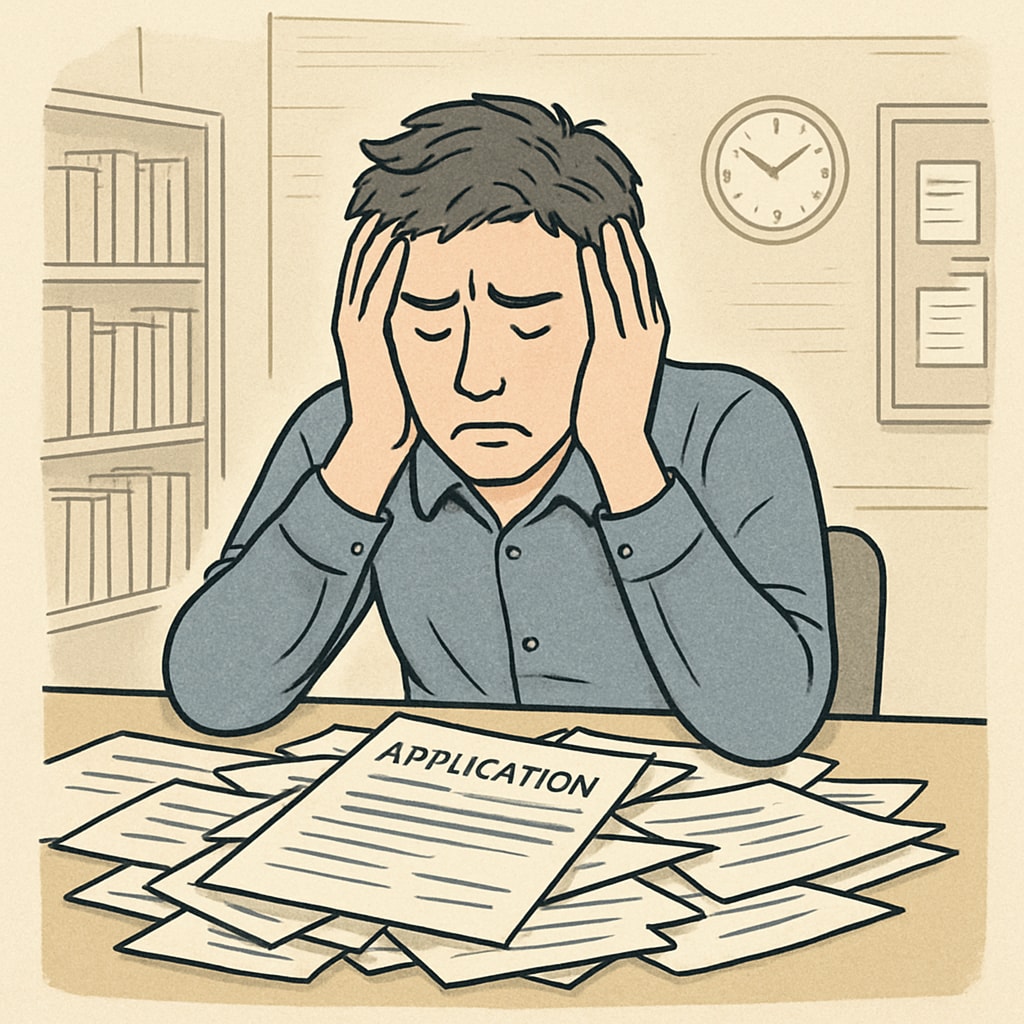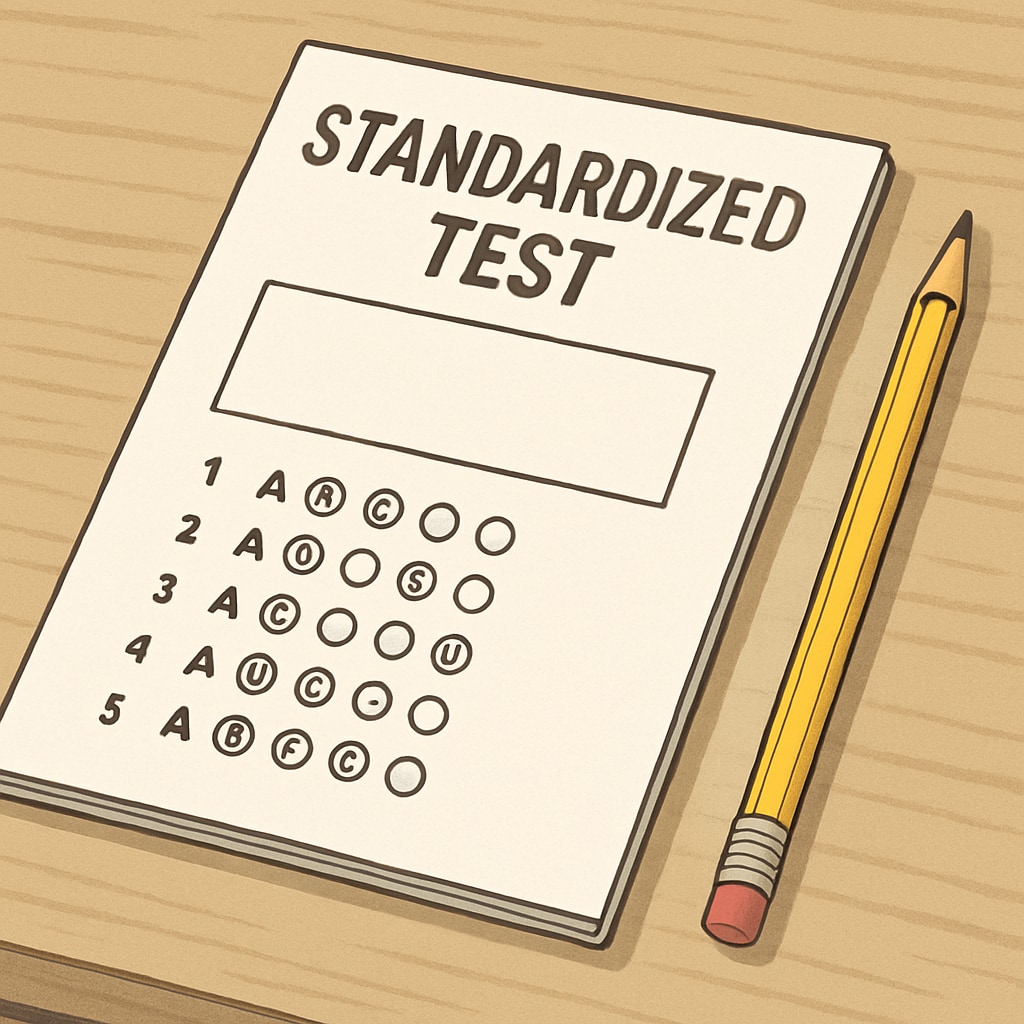The university application system has become an overwhelming labyrinth of complexity, serving as a questionable culmination of the K12 educational journey. Students, parents, and educators alike are forced to navigate a process filled with convoluted steps, opaque requirements, and a glaring dependence on standardized testing. This article dissects the absurdity of this system, highlighting its flaws while questioning its fairness and necessity.
The Overcomplication of the Application Process
For many students, the university application system feels less like a rite of passage and more like a grueling obstacle course. The process involves multiple platforms, from Common App to school-specific portals, each with its own set of requirements. Students must juggle essays, resumes, letters of recommendation, and transcripts—often with little guidance. As a result, the application experience becomes a full-time endeavor, adding unnecessary stress to an already demanding academic workload.

Moreover, the system seems to reward those who can afford professional assistance. From private college counselors to paid essay-editing services, wealthier families gain an edge, leaving others at a disadvantage. This creates a widening inequality, where success often depends more on resources than merit.
The Problem of Information Transparency
Another significant issue is the lack of transparency in the university application process. Admission criteria often remain vague, with schools emphasizing “holistic reviews” but providing little clarity on what this entails. Students are left guessing what universities prioritize—grades, extracurricular activities, or personal essays. This opacity leads to confusion and anxiety, as applicants struggle to present themselves in the “right” way.
Universities also contribute to the opacity by emphasizing exclusivity. By withholding key details about acceptance rates and evaluation methods, they maintain an aura of selectivity. However, this practice undermines the trust of applicants and perpetuates the myth that admission is an impenetrable fortress, accessible only to the elite few.
Standardized Testing: A Double-Edged Sword
Standardized tests, such as the SAT and ACT, have long been staples of the university application system. However, their role has become increasingly controversial. Proponents argue that these exams provide a level playing field, offering a common metric to compare students from diverse backgrounds. Yet, the reality is far more complicated.
Research has shown that standardized test scores often correlate more with socioeconomic status than with academic ability. Students from affluent families can afford expensive prep courses and tutors, giving them a significant advantage. Additionally, the COVID-19 pandemic has further exposed the flaws of these tests, leading many universities to adopt test-optional policies. Despite this shift, the debate over their relevance continues, leaving students unsure of how much weight these scores carry in their applications.

The Impact on Students, Parents, and Educators
The absurdity of the university application system extends beyond students to affect parents and educators as well. Parents often bear the financial and emotional burden of supporting their children through this process, investing in expensive resources and enduring the stress of looming deadlines. Meanwhile, educators are overwhelmed with writing recommendation letters, offering guidance, and managing the expectations of both students and parents.
For students, the system fosters a toxic culture of competition, where self-worth becomes tied to acceptance letters. The focus shifts from genuine learning to resume-building, as students feel pressured to excel in every possible area. This environment not only affects mental health but also undermines the true purpose of education: to foster curiosity, creativity, and critical thinking.
Rethinking the Path Forward
It is time to reconsider the purpose and structure of the university application system. Simplifying the process, increasing transparency, and reducing the emphasis on standardized tests could create a more equitable and less stressful experience for all stakeholders. For example, universities could adopt a more straightforward application format and provide detailed guidelines on their criteria. Additionally, expanding access to free resources—such as workshops and counseling—could level the playing field for students from diverse backgrounds.
Ultimately, the goal should be to create a system that prioritizes the holistic development of students rather than their ability to navigate a bureaucratic maze. Education should be about learning, growth, and preparation for the future—not about enduring an absurd endgame that benefits only a privileged few.
Readability guidance: This article uses short paragraphs, clear headings, and lists to enhance readability. Overly complex sentences and passive voice are minimized, and transitions are used to maintain flow.


